Written by Melissa Anzman
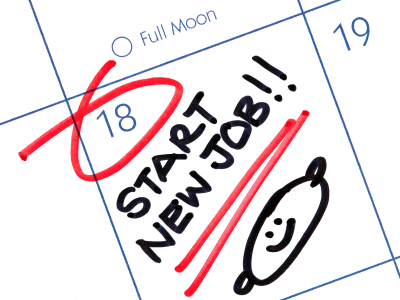
Another goodie request from the Life After College survey!
The way you transition within your career sets the tone for your overall success – trust me, I’ve made some big mistakes in this arena. Most people only consider how their first day will go, what they should wear, how they will fit in. But career transitions happen more than just on your first day and will always leave a lasting impression.
If you are transitioning into a new company, most likely you are excited to begin your journey in a job that you are excited about. As I used to plan my first day at the many jobs I started, I would have a little panic over which notebook I was going to bring for day one followed closely by what I was going to wear to be professional but still fit into a culture I had no clue about yet. Not once, until it bit me in the behind, did I think about planning my entry and introduction into the company, culture and the people.
How to Transition into a New Company without Sucking
Do not walk in with your guns a blazing.
I know you are excited to add value and leave your mark on the position and change everything at that company that is wrong. Perhaps your new manager has told you throughout the hiring process how you are going to be expected to jump right in or start the ground running.
During the interview process, you probably made notes of the jungle of low-hanging fruit that you could easily update and change and make and impact. And you just can’t wait to get in there and start delivering and being everyone’s new favorite person.
Your boss has probably started to drop little hints that you were hired to solve problems, to make things happen, to improve the items you’ve identified… right now.
Your boss doesn’t really mean that – I promise. What they actually want is someone who is a quick learner, able to take direction, catches on fast, absorbs information that is provided, and for all that is holy – does not rock the boat.
If he or she is persistent that you start getting to it, figure out how you can get things done without running over other people. I have often used being a new employee to my advantage – say things like, “I’m still so new and just figuring things out, could you possibly help me understand…” or “Since I’m still figuring things out, I’m sorry if I’m stepping on a land mine here, but it seem like….”
In other words, instead of delivering solutions, present them – you will get a lot farther this way.
Chill out on the over-friendliness factor.
I’m not saying be a jerk, but being too happy or friendly on day one comes across as phony. Smile when appropriate, introduce yourself when presented to others, but do not try to make small talk with every passing person. Just relax and try to go with the flow instead of turning every passer-by into your BFF.
Approach the people you meet like a genuine networking experience – start building relationships from day one, and worry about friends or a great contact, as you get to know your colleagues better.
Know that you are creeping in on their territory.
Just like walking into a lion’s den, you have no idea what you are walking into. Your predecessor may have left you big shoes to follow, or may have left you a mess. Even if you think you know why that person left, you have no clue, and each person you meet could have been a friend or enemy of the person who used to do your job.
Be respectful of that and know that you may not be welcomed by everyone at first. They are going through their own adjustment period and possibly dealing with their own insecurities over the situation, so treat carefully and lightly, and above all else, remember, you are walking into their domain.
Even the most friendly and open to change people, can change on a dime when you step on their favorite project or they perceive you as adding more work to their pile or criticizing their efforts. Be careful and aware, and ask permission (instead of forgiveness) when you come across a sticky situation.
Take some time to figure out the office politics in action.
Don’t assume that the hierarchy within the company is the same as it was in your previous company. Titles mean different things everywhere and more than that; titles typically have nothing to do with who is actually “in power.”
Figure out who the key players are and learn how to navigate either with them, against them, or abstain from them. This type of knowledge will only come from sitting back and watching everything play out in front of you.
Keep your opinions or solutions to yourself (for now).
For the most part, new ideas or efficiencies are not welcomed – think about it: they have clearly been doing something that way for ages, they do not take criticism, even constructive criticism, well. You have to earn the right and respect to start moving things in new directions – so give yourself a few weeks at the very least, before you start providing radical ideas.
Instead of spewing out solutions, try asking questions that get to the heart of your solution. For example, phrase your idea like this: “I’m curious if this approach has ever been tried and what the results were.” This immediately takes the potential sting out of your opinion/suggestion, while letting your colleague provide the historical information and get on the same page with you.
Use day one as a day to “peak behind the kimono.”
Not only with what you should wear, but also it is your opportunity to ask as many questions as possible and start to observe the buzz and feel of the office as a whole. Be sure to pay attention to how others interact with your boss, and what the expectations will be for you.
And I beg of you – stay away from engaging in any conversations where you start with: “in my last job;” “how did my predecessor do this;” or “what do you think about my boss.”
Have any transition tips to add or stories to share? Tell us more in the comments below!
About Melissa
Melissa Anzman is the creator of Launch Your Job where she equips ambitious leaders with practical ways to grow their career. She is the author of two books: How to Land a Job and Stop Hating Your Job. Follow her @MelissaAnzman.

 Jenny Blake is the author of
Jenny Blake is the author of 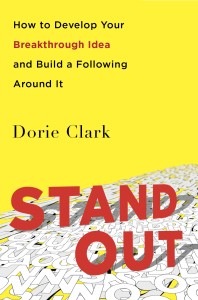


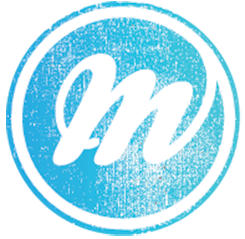
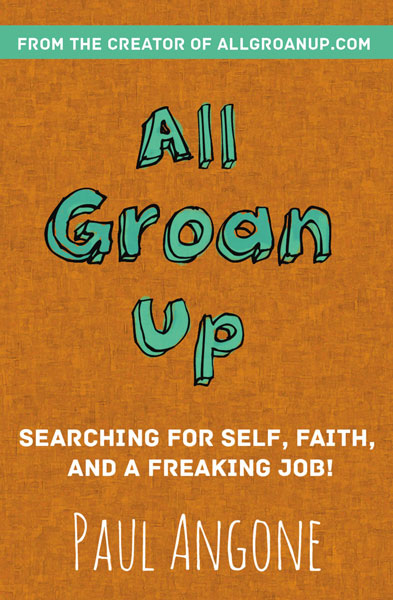



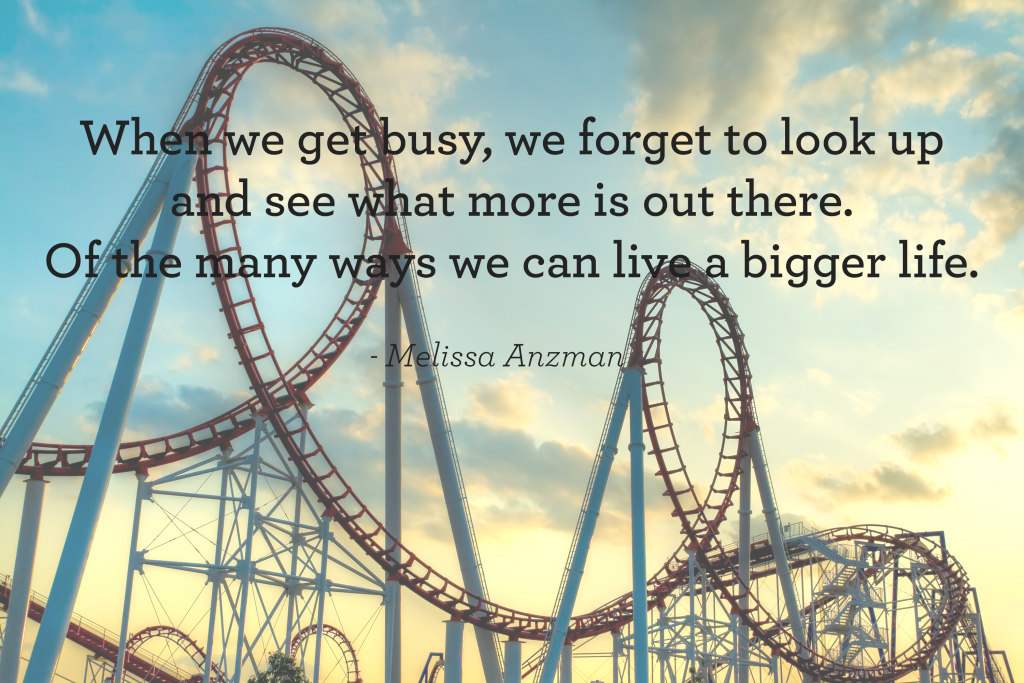
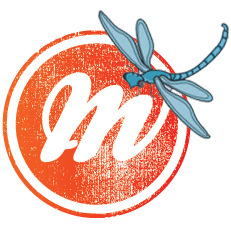
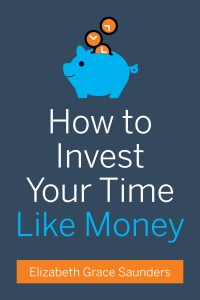

 Written by
Written by 



